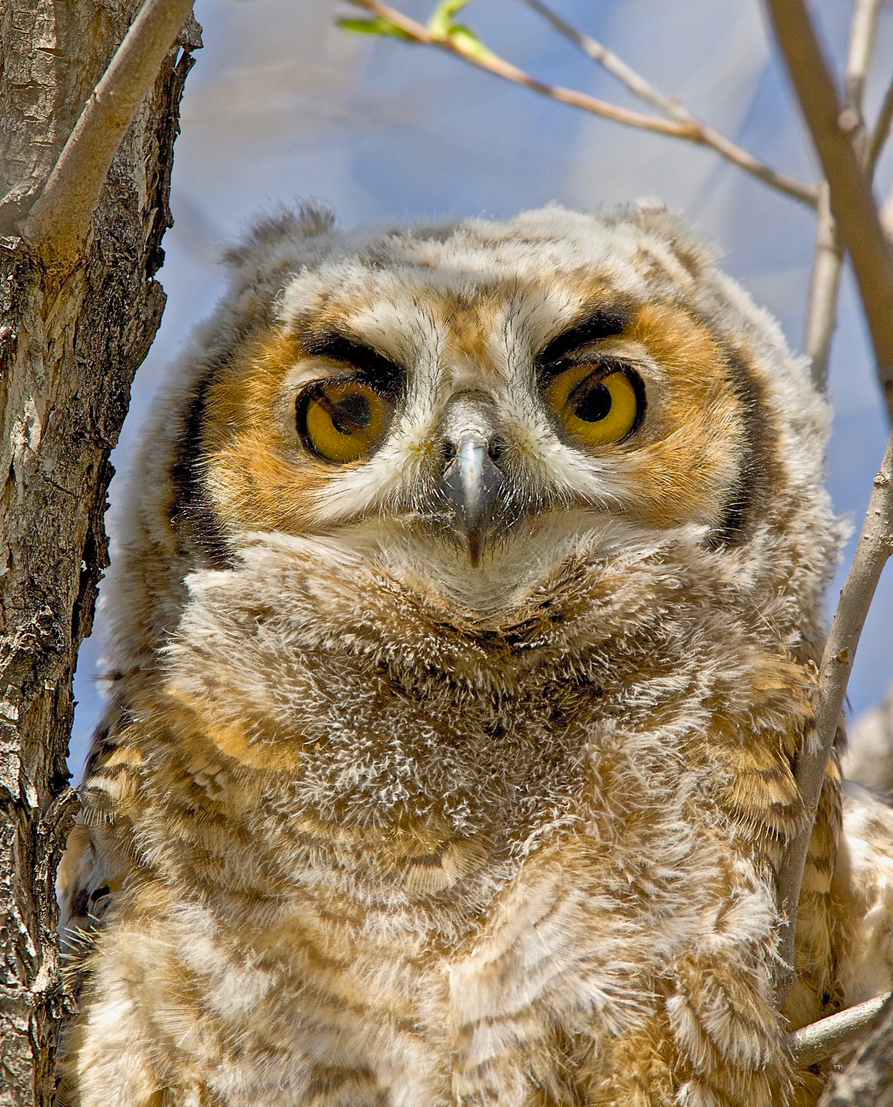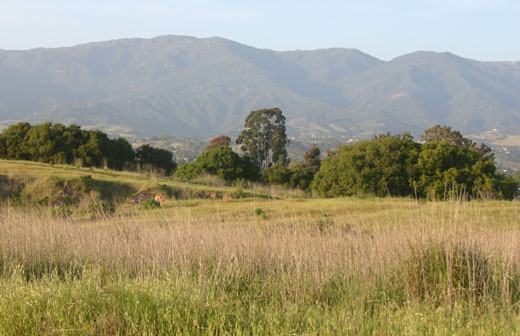Ecosystems Overview

More Mesa’s 330 acres support an exceptional mosaic of habitats that together form one of the South Coast’s most ecologically diverse and interconnected open spaces. The landscape—shaped by Atascadero Creek, spring-fed ravines, and the broad coastal terrace—brings together grasslands, wetlands, riparian woodlands, oak woodlands, and coastal bluff scrub in a remarkably compact area. This variety of terrain and vegetation creates extensive “edge” zones, or ecotones, where habitats meet and overlap, supporting an unusually high diversity of wildlife and plant communities.
Grasslands dominate the mesa, covering about 215 acres (64%) across the flat terrace and canyon slopes. These open areas support dense populations of small mammals that serve as prey for raptors such as the white-tailed kite and northern harrier—two of More Mesa’s signature species—and for larger predators including coyotes and bobcats. Intermixed within the grasslands are pockets of wetland and vernal pool habitat, enhancing both seasonal color and ecological richness.
Flowing through the heart of More Mesa, Atascadero Creek and its tributary ravines create roughly 49 acres (14.5%) of riparian and eucalyptus woodland. These shaded corridors provide food, water, and cover for a wide range of species, from migratory songbirds to Cooper’s hawks, and serve as key wildlife movement routes linking the mesa to the Goleta Slough and nearby foothills.

Wetlands, occupying about 26 acres (7.8%), bring a rare freshwater element to the coastal terrace. Marshes, seasonal pools, and open water areas
support amphibians, wading birds, and unique plant communities, including a Western goldenrod marsh that is uncommon in Santa Barbara County. Nearby, roughly 15 acres (4.5%) of coastal bluff scrub line the ocean edge, adding dune and coastal sage vegetation that provides vital habitat for pollinators and coastal bird species.
On the north- and east-facing slopes above the creek, 10 acres (3%) of oak woodland form one of More Mesa’s most distinctive natural features. Thesestands of coast live oak and native understory plants provide food, nesting, and shade for birds, deer, and small mammals, contributing to the intricate web of ecological relationships that define this landscape.
Together, these habitats interact in complex ways that amplify the mesa’s ecological value. The connections between grasslands, woodlands, and wetlands create opportunities for foraging, shelter, and movement across the landscape, sustaining both common and sensitive species. More Mesa is recognized as one of four key ecological systems in the Goleta Valley and serves as a vital upland component of the greater Goleta Slough ecosystem. Its diversity of habitats, the wildlife they support, and their seamless interconnection make More Mesa an irreplaceable part of Santa Barbara County’s natural heritage.
Click the images or explore links to learn more.
BirdsDiscover the variety of birds that inhabit More Mesa, their behaviors, and habitats. |

Click to Explore Birds
|
PlantsLearn about native and invasive plants thriving in the More Mesa ecosystem. |

Click to Explore Plants
|
InsectsExplore the fascinating insect life that plays a vital role in the ecosystem. |

Click to Explore Insects
|
HabitatUnderstand the different habitats within More Mesa and their ecological importance. |

Click to Explore Habitat
|